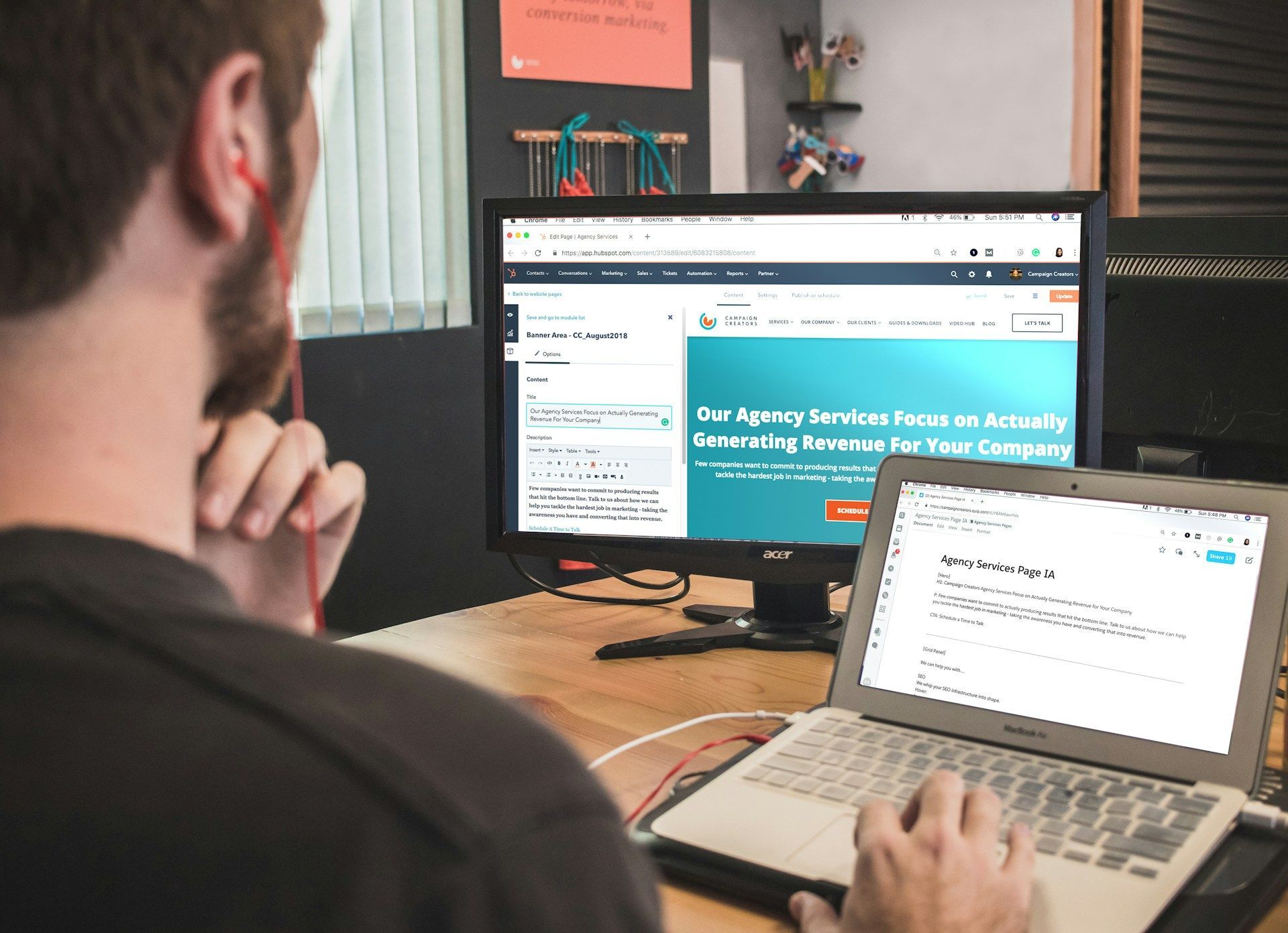Mobile Web Design: Driving Engagement & SEO in 2025
In a world where smartphones are an extension of our hands, making sure your website is mobile-friendly is more essential than ever. People rely heavily on their phones for everything from shopping online to finding a local restaurant. If your website doesn't work well on mobile devices, you might be missing out on a big chunk of potential visitors.
A mobile-friendly design isn't just a trend; it's a vital part of creating a positive user experience. When a website adapts smoothly to any screen size, users can easily browse, read, and interact. This convenience keeps visitors happy and engaged, making them more likely to return.
Moreover, search engines prioritize websites that are optimized for mobile use. A mobile-friendly site can improve your search rankings, leading to more visibility and traffic. As digital experiences evolve, ensuring your site is accessible and easy to navigate on all devices remains crucial. Your website's ability to cater to mobile users can greatly influence your online success.
Understanding Mobile-Friendly Design
Mobile-friendly design is critical to ensuring your website is accessible and enjoyable for everyone, no matter the device. This design approach means your website can easily adapt to various screen sizes without losing functionality or visual appeal. A mobile-friendly website uses components like flexible layouts, resizable images, and readable text to deliver a seamless user experience.
User experience and accessibility are at the heart of mobile-friendly design. When sites are easy to navigate and read on small screens, visitors are more likely to stick around, explore, and return. This encourages more interaction and reduces bounce rates since users won’t get frustrated with hard-to-click links or misaligned content.
Responsive design principles are key to mobile optimization. These principles help create layouts that adjust dynamically based on the device. Important aspects include:
- Flexible grids: They allow elements to resize and rearrange.
- Fluid images: Pictures scale within their containing elements.
- Media queries: CSS techniques apply different styles for different viewports.
By understanding and applying these components and principles, businesses can ensure their websites remain effective for mobile users, which is crucial in today's tech-savvy world.
Impact on SEO and Rankings
Mobile-friendliness plays a significant role in how search engines rank your website. Google gives priority to mobile-responsive websites because they provide better user experiences. If a site works well on mobile devices, chances are high that it will rank better, attract more visitors, and generate more leads.
Google uses mobile-first indexing, meaning it predominantly uses the mobile version of a site for indexing and ranking. This means that if your site isn't optimized for mobile use, you risk being less visible in search results. This impacts your overall traffic and business growth.
To avoid common pitfalls in mobile design, ensure:
- Text is legible without needing to zoom.
- Buttons and links are large enough for easy tapping.
- Content doesn't overflow the screen.
Ignoring these elements can harm your ranking and user satisfaction. Regularly testing your site on different devices helps maintain your search engine visibility in a competitive online market. A focus on mobile responsiveness ensures your site meets both user expectations and search engine demands, helping you achieve better online presence and results.
Enhancing User Engagement on Mobile
Enhancing user engagement on mobile devices requires thoughtful design choices. Designing for touch means making sure buttons are large enough for easy tapping and spacing them out to reduce accidental clicks. Thumb-friendly navigation is crucial since that’s how most users interact with their phones.
Load speed is also vital for mobile users. People are often on the go, so they expect quick access to information. A slow-loading site can lead users to abandon your page, decreasing engagement and potential conversions. Optimize images and utilize caching to help speed up web pages.
Creative strategies to keep users engaged include using concise content that’s easily digestible and implementing engaging visuals like videos or infographics. Short paragraphs and bullet points make information easier to scan. Engage users with interactive elements like quizzes or polls that invite them to participate actively.
Various approaches can enhance mobile engagement:
- Streamline navigation paths to ensure ease of use.
- Use a clear and intuitive design layout.
- Incorporate feedback options to encourage interactions.
By focusing on touch-friendly features and fast load times, you can build a more engaging experience for mobile users.
Best Practices for Mobile Optimization
To make sure your website is fully optimized for mobile, certain best practices should be followed. Essential tools and testing methods like Google's Mobile-Friendly Test allow you to check your site's compatibility. Regular testing helps ensure that all users have a seamless experience.
Key elements of an effective mobile-friendly website include having a simple layout with clear, readable fonts. Avoid cluttering the screen with too many elements. Ensure all images and videos are responsive to maintain quality on different devices.
Regular updates and maintenance are important for ongoing performance. Technology and user behaviors change, so staying current with trends helps keep your site relevant. Plan periodic refreshes of content and design to adapt to new developments or feedback from users.
Best practices checklist:
- Use mobile responsive design principles.
- Test on various devices to see how your site performs.
- Keep content updated and relevant.
By following these practices, your website will remain competitive and deliver the best possible experience to mobile users.
Conclusion
As mobile browsing continues to grow, having a mobile-friendly website is more important than ever. Focusing on ease of use and engagement helps maintain your brand’s reputation and attracts more visitors. By making sure your site is accessible on phones and tablets, you open the door to new customers and continue serving existing ones with quality experiences.
Mobile optimization isn't just a technical task; it's a chance to connect with your audience more effectively. It helps convert casual browsers into loyal customers who value your brand. Investing in mobile optimization positions your business for success and prepares you for future shifts in digital behavior.
Ready to make your website more mobile-friendly? Let Cre8 My Site help you enhance your online presence with expert web design and digital marketing strategies. Our team knows how to optimize websites for better performance and engagement. Contact us today for
custom web design in Louisiana to transform your site into a user-friendly, mobile-optimized powerhouse.
Small Businesses Are Our Passion
Build a professional digital presence that your company can be proud of with Cre8 My Site's Fully Managed Plans. They will help create an amazing website for your business with exceptional support. Choose a plan to cover your business needs.
Business Hours
Monday-Friday - 8:00am-5:00pm
Saturday - Appointment Only
Sunday - Closed












